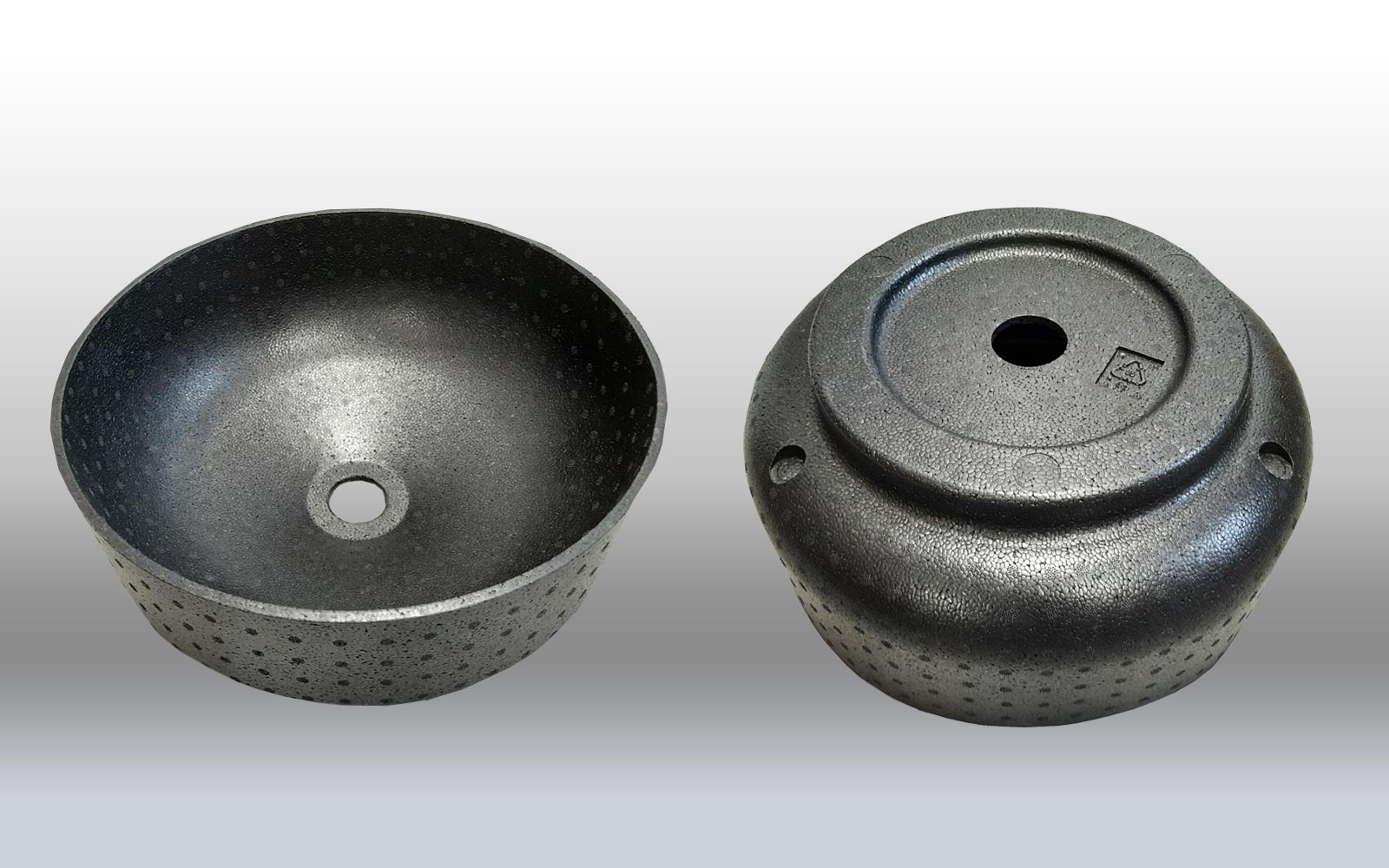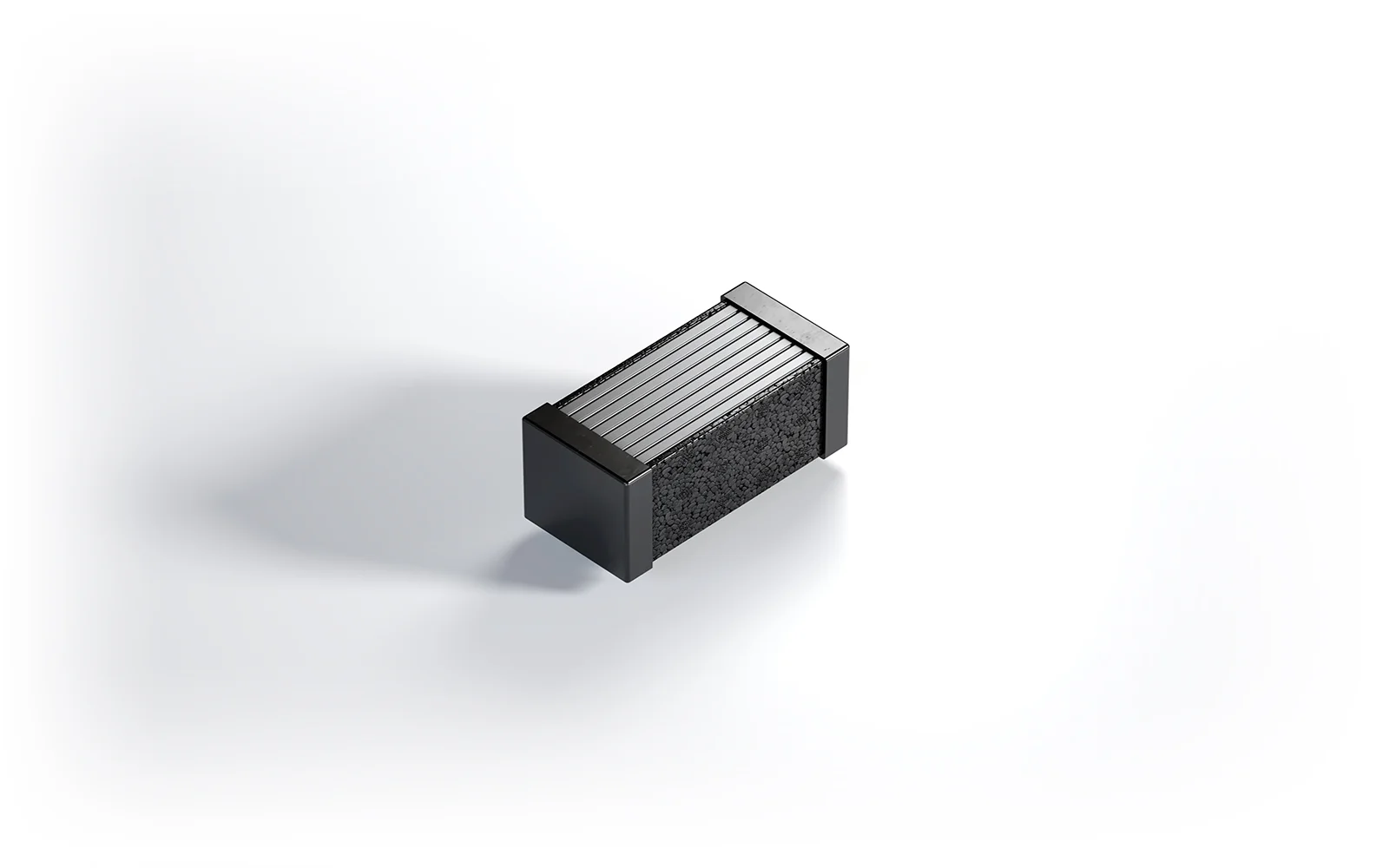The way hydrogen fuel cells work is relatively simple. Their operation is interesting because only water and energy are needed for combustion. As we know, the environmental aspect is crucial for the automotive sector in the 21st century. Find out how modern hydrogen drives work and how Knauf solutions can support their performance.
Green propulsion – how do hydrogen fuel cells work?
Hydrogen is the first element of the periodic table. It is the lightest and most widespread chemical element in the universe. There is a lot of it on Earth, but it rarely occurs near the surface in its pure form. However, it can be found in many other compounds, including water.
Hydrogen can be used as a fuel to power large vehicles – from scooters and buses to space rockets. The reaction pattern that occurs when we burn pure gaseous hydrogen in oxygen reads as follows:
2H2 (g) + O2 (g) → 2H2O (g) + energy
The process here is therefore extremely clean – no additional compounds are formed, such as CO2 or other harmful substances. The energy produced from hydrogen combustion is enough to power a car. Despite this, the use of hydrogen as an environmentally friendly energy source raises a major problem: hydrogen powered batteries are not emission-free. This is due to the availability of hydrogen – under the conditions available to us, it is only occasionally available in a form that is suitable for use in engines. This means that we must obtain it in an alternative way. There are several methods, but two of them are worth distinguishing:
- Natural gas production – steam reforming. Steam combines with methane, which produces a synthesis gas from carbon monoxide and hydrogen. During this process, significant amounts of carbon monoxide are emitted, but despite this, it is still a more environmentally friendly method than burning fossil fuels.
- Green hydrogen production – this is a technique that relies on renewable energy sources. The high power of the electrolyzer allows the conversion of water into hydrogen and oxygen. This method does not contribute to the formation of chemical compounds that are harmful to the environment.
See also: Hydrogen cars – cost, emition and information about market
Hydrogen propulsion facts – future technology or a relic of the past?

Hydrogen as a raw material to power cars has been the subject of debate for many years. Today, however, we are particularly close to the widespread use of this element to provide high propulsive power. Currently, this solution is not particularly popular – it is mainly used in large buses. There are only a few thousand cars on the market; most often, these are show cars or models in private collections.
Hydrogen propulsion, however, suffers not from a lack of development potential, but from a lack of appropriate research in this area. The potential of this raw material is recognized by most energy organizations. Therefore, advanced work is underway to make the hydrogen fuel engine not only more efficient but also more affordable for daily use.
At the moment, hydrogen-related technologies are of interest to those countries that are most committed to climate reform programmes, seeing this raw material as a much needed alternative to electricity. For the time being, however, it is not yet clear to what extent energy installations will be able to meet the world's needs in an era of electromobility. The EV revolution will probably require us to completely restructure transport and develop alternatives that will allow hundreds of thousands of electric vehicles to use the electricity network safely. It may also be that hydrogen, as a high-potential raw material, will remain in the automotive sector permanently.
Benefit from the innovations of Knauf Industries – high-class EPP components for hydrogen fuel cells
Electromobility brings not only new opportunities, but also challenges. In order to meet them, the most advanced solutions are needed. Knauf Automotive’s experience allows us to create innovations that are not only helping to build a new automotive industry, but also to improve existing solutions. Our products are designed to support ecological solutions. We strive to provide solutions that are recyclable and deliver added value on many levels for customers.
On the issue of hydrogen propulsion, we have developed high-end solutions using materials such as EPP. The list of benefits of EPP in the dome protection for Hydrogen vessels is long.
The most important one is shock absorption as the main task of this part is to meet the requirements of R134, which is regulation for hydrogen vessels. The parts from expanded polypropylene must resist to multiple impacts.
Other key performances of the EPP parts for hydrogen vessels are:
- Lightweight (parts with high energy dissipation)
- Large range of operating temperature
- Chemical inertia
- Ease of assembling
- Can absorb vessels dimension change
The same characteristics make the EPP foam perfect also for another sector of green mobility – battery pack components. They make it possible to reduce the negative impact of low temperatures, which negatively affects their operation, without significantly increasing vehicle weight. Providing excellent electrical and thermal insulation, as well as excellent shock resistance, EPP parts are an important part of the solutions used in electric vehicles now, and they will continue to be in the future.

Our engineers offer a huge number of different electromobility solutions that allow for significant improvements in the functioning of electric and hydrogen cars. Our extensive experience, combined with an individual approach, allows us to reduce time-to-market for completely new projects, easily configure various solutions and rapidly develop effective innovations that foster the growth of the automotive industry in Europe and beyond.